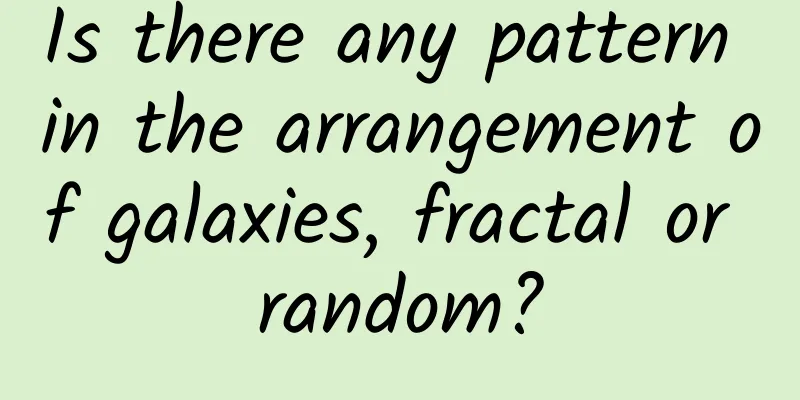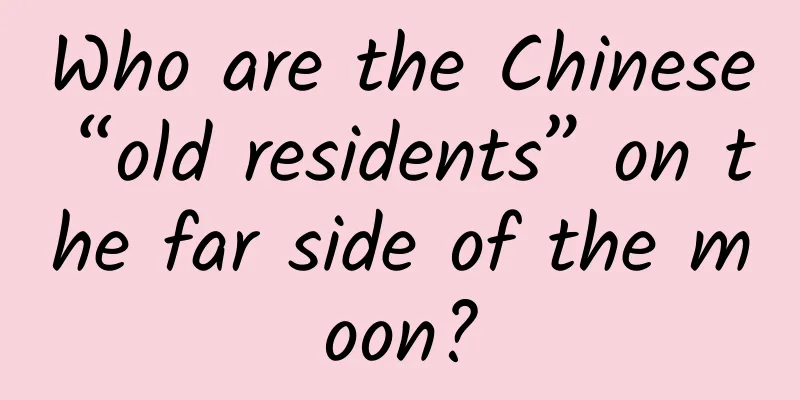Is there any pattern in the arrangement of galaxies, fractal or random?

|
Where do galaxies change and is there any pattern in their arrangement? Does the universe have a fixed pattern? Astronomers have an answer to an age-old question Galaxy clusters in the cosmic web (Photo source: K. Dolag, Universitäts-Sternwarte München, Ludwig-Maximilians-Universität München, Germany) For decades, cosmologists have wondered whether the large-scale structure of the universe is fractal—that is, whether it looks the same regardless of size. After studying a large number of galaxies, scientists have finally concluded that it is not, but some of them are. In the early 20th century, after Edwin Hubble discovered that M31 was much farther away than the Milky Way, astronauts began to realize that the universe was vast. In addition, they also discovered that we could see tiny dots of stars, sometimes near and sometimes far away. So a question naturally arose: Is there a pattern to the arrangement of these galaxies? Or is it completely random? At first, it looked like it was randomly arranged. Astronomers saw huge clusters of galaxies, each containing thousands of galaxies. There were also many small galaxies, standing alone in their own clusters. All in all, these observations made it look like there was no pattern to the arrangement. Astronomers agree. They proposed the cosmological principle long ago, which states that the universe is mostly homogeneous (roughly meaning from one place to another) and isomorphic (roughly meaning the same no matter how you look at it from any direction). And there are a large number of galaxies and galaxy groups that fit this principle. But by the late 1870s, the study of galaxies had become more sophisticated and scientists were beginning to uncover the origins of the galaxy arrangement pattern. Except for galaxy clusters, galaxies themselves are long, thin, thread-like shapes. In between are vast walls and vast, boundless expanses of space. Astronomers call this the cosmic web. This pattern defies cosmological principles because this large region does not look like any other large region in the universe. A universe within a universe Benoit Mandelbrot, the father of fractals and a mathematician, proposed a hypothesis. He thought it was difficult to define fractals, but it was obvious, and our intuition told us that no matter how hard we tried, they would repeat. Mathematicians have been studying self-similar patterns for many years. Mandelbrot did not come up with a definition of fractals, but he coined the word "fractal" and promoted the study of modern fractals. Fractals are everywhere. For example, if you magnify a point on a snowflake, you will see a snowflake from a microscopic perspective. If you magnify a branch, you will see the branch from a microscopic perspective. If you magnify a coastline, you will see a miniature coastline. Fractals are everywhere in nature, and the mathematics of fractals allow us to understand all kinds of self-similar structures in the universe. In this case, Mandelbrot speculated that perhaps the entire universe is a fractal, and perhaps the galaxy arrangement pattern we see is the initial form of the fractal. Or perhaps, as long as we continue to investigate and explore, we will find a nested structure - there is a cosmic web in the cosmic web, and they fill the entire universe. Homogenization and pasteurization As astronomers continue to study the cosmic web, they are beginning to understand the Big Bang and explain why large-scale flow patterns exist in the universe. These theories confirm the homogeneity of the universe and are more comprehensive than previous studies by astronomers. The ultimate test of the fragmented Universe will have to wait until this century, when truly large-scale surveys such as the Sloan Digital Sky Survey will be able to map the positions of millions of galaxies and draw the rough shape of the cosmic web, which was impossible with previous technology. If the fractal universe really exists, then the universe we see should exist in another larger universe. If it does not exist, then at some point in the future, the cosmic web should not be called the cosmic web, but a randomly arranged one that is different from the others. The Universe is not fractal, but parts of the cosmic web are still fractal, which is an interesting phenomenon. For example, a dark matter clump called a "halo" contains sub-halos and sub-sub-halos, which host galaxies and their clusters, forming nested structures and sub-structures. On the contrary, our universe is not completely empty, but contains some faint dwarf galaxies, which are arranged in a faint cosmic web. In computer simulations, the sub-gaps of this structure have their own unique cosmic web. BY:Paul Sutter FY: Xiaofa If there is any infringement of related content, please contact the author to delete it after the work is published. Please obtain authorization for reprinting, and pay attention to maintaining integrity and indicating the source |
<<: Autoimmune diseases: Why does the immune system attack its own cells?
>>: The ozone layer, the umbrella of life that protects the Earth
Recommend
Life Encyclopedia丨Do you store tea leaves at home correctly?
Tea is available in almost every household. As a ...
Which one makes you gain weight more easily, eating noodles or eating rice?
Review expert: Wang Xuejiang, Professor of Pathop...
Is it possible to achieve vegetable freedom by growing vegetables on the balcony?
Now everyone knows that vegetables are worth grow...
Are you kidnapped by "friendship" when selling goods in the circle of friends?
Since when, many people have found that their WeC...
Growth Hacker's Guide: How to Improve User Retention
If you still invest huge budgets to attract new c...
Is drinking coffee a health-boosting or healthy thing? Let’s start with how coffee keeps us awake
Coffee has a refreshing effect on many people, bu...
Good news for diabetics! This experiment in space has so many benefits...
Expert of this article: Yang Chao, PhD in Chemist...
iPhone 13 is coming soon. How long do we have to endure these iOS flaws?
[[423239]] As usual in previous years, Apple will...
How to make hotel management mini program and hotel accommodation mini program?
With the advent of well-known hotel brands, many ...
Is the Newbie Financial Management Training Camp reliable? Is Xiaobaiying's financial management course real?
Is the Newbie Financial Management Training Camp ...
Why do the leaves of the sycamore look like little palms?
Author: Hao Yun Reviewer: Wang Kang, Director of ...
11 Tragedy of Working at Google: Too Much Stress to Enjoy Life
As one of the most prestigious technology compani...
2022 National Trend Marketing Rules!
Although the issue of national trends is always m...
China, a karst country
Karst landforms are widely distributed in the wor...
The product is too boring? 7 tips to help you create interesting marketing content!
If you were to ask: Which brands do you think hav...









